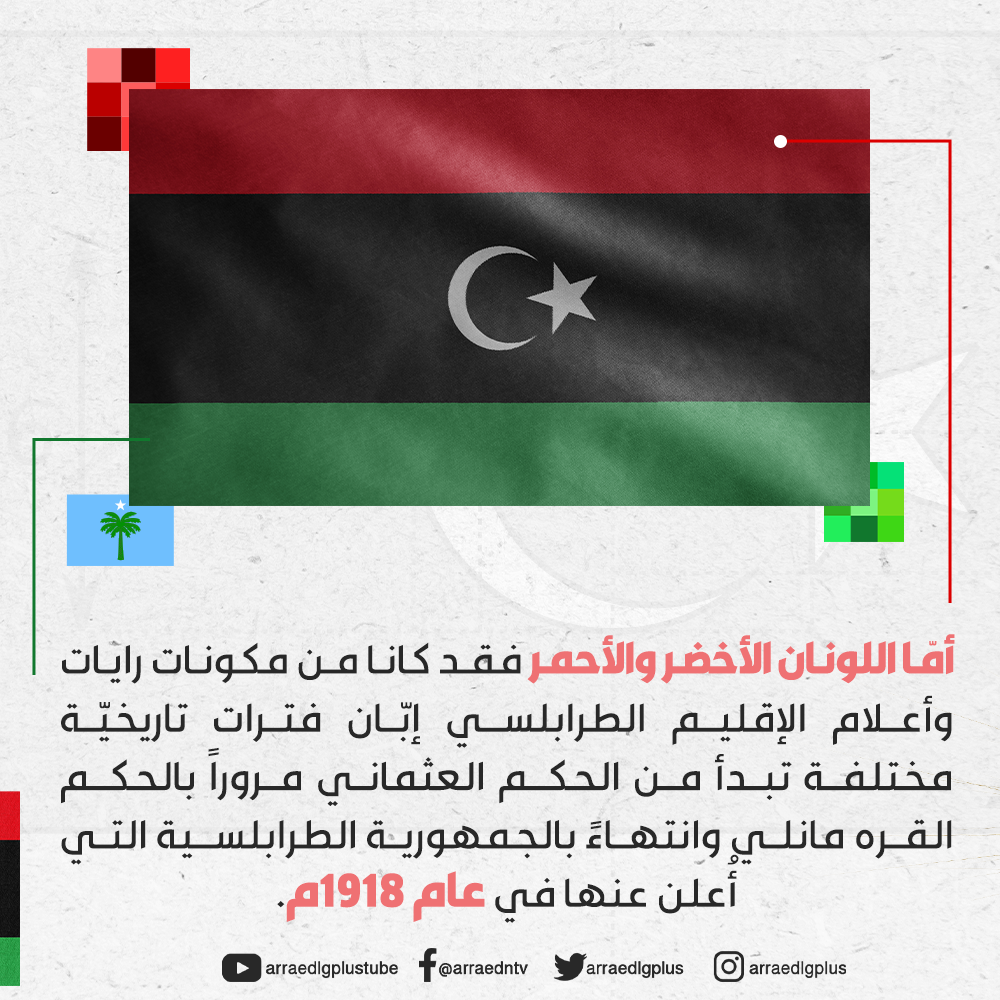Building A Heat-Resilient Future: Advanced Materials For Indian Cities

Table of Contents
H2: Cool Roofs: Reflecting Heat Away
Rising temperatures necessitate innovative solutions for heat mitigation in Indian cities. Cool roofs are a crucial element in creating heat-resilient infrastructure. By reflecting sunlight and reducing heat absorption, they significantly lower indoor temperatures and decrease energy consumption. There are two primary approaches to creating effective cool roofs:
H3: Radiant Barrier Coatings: These reflective coatings are applied to rooftops, significantly reducing heat absorption. The reduced heat transfer translates to lower indoor temperatures and lower energy consumption for cooling systems.
- Examples: Polymer-based coatings offer flexibility and affordability, while ceramic-based coatings provide excellent reflectivity and durability. Metallic paints, particularly those containing aluminum, offer high reflectivity. The selection depends on factors like cost, lifespan, and aesthetic preferences.
- Benefits: Reduced energy bills are a significant advantage, lessening the financial burden on residents and businesses. Improved indoor comfort leads to increased productivity and enhanced quality of life. Extended roof lifespan reduces the frequency of costly repairs and replacements.
- Challenges: The initial cost of application can be a deterrent for some, though the long-term savings often outweigh this. Long-term durability in harsh Indian climates requires careful selection of coatings to withstand intense UV radiation and monsoon seasons.
H3: Green Roofs and Vegetated Surfaces: Green roofs and vegetated surfaces offer a natural and aesthetically pleasing approach to heat mitigation. The vegetation acts as an insulator, reducing heat transfer into the building. Furthermore, evapotranspiration—the process of water evaporating from plants—cools the surrounding air.
- Types: Extensive green roofs use shallow soil depths and drought-tolerant plants, while intensive green roofs support deeper soil and a wider variety of vegetation. Vertical green walls offer an effective solution in space-constrained urban areas.
- Benefits: Improved air quality is a significant benefit, as plants absorb pollutants. They also help reduce the urban heat island effect, lowering ambient temperatures in densely populated areas. Enhanced biodiversity creates a more vibrant and ecologically balanced urban environment.
- Challenges: Weight considerations are important, especially for older buildings. Regular maintenance is required to ensure the health of the vegetation. Effective water management systems are crucial to prevent waterlogging and ensure the long-term health of the green roof.
H2: High-Performance Building Materials:
The construction sector has a significant role to play in creating heat-resilient cities. Innovative building materials can drastically reduce heat absorption and transfer, enhancing energy efficiency and improving comfort levels.
H3: Aerogel Insulation: Aerogel is a remarkable material with exceptionally low thermal conductivity. Its lightweight nature and high insulating capacity make it ideal for use in walls and roofs, significantly reducing heat transfer.
- Benefits: Superior thermal performance translates to lower energy consumption for heating and cooling. Excellent fire resistance adds an important safety feature. Reduced energy consumption contributes to sustainability efforts and reduces carbon emissions.
- Challenges: The cost of aerogel is currently relatively high, limiting widespread adoption. Its fragility requires careful handling and installation. Developing effective and cost-efficient installation techniques is vital for broader implementation.
H3: Phase Change Materials (PCMs): PCMs have the unique ability to absorb and release latent heat, moderating temperature fluctuations within buildings. This helps maintain a more stable indoor temperature, reducing the reliance on active cooling and heating systems.
- Applications: PCMs can be integrated into various building materials like concrete or plaster, making them seamlessly incorporated into the building's structure.
- Benefits: Improved thermal comfort is a significant benefit, creating a more pleasant living and working environment. Reduced energy demand for both heating and cooling lowers operational costs and environmental impact.
- Challenges: The cost of PCMs can be a barrier to widespread adoption. Integrating PCMs effectively into existing building materials requires specific technical expertise. Ensuring long-term performance and stability of PCMs within the building structure is crucial.
H2: Smart Urban Planning and Heat Island Mitigation:
Urban planning strategies play a significant role in mitigating the urban heat island effect. The strategic use of advanced materials can further enhance these strategies.
H3: Permeable Pavements: Permeable pavements allow rainwater to infiltrate the ground, reducing surface runoff and lowering surface temperatures. This helps alleviate the urban heat island effect and reduces the risk of flooding.
- Benefits: Reduced flooding minimizes damage to infrastructure and protects public safety. Improved groundwater recharge helps replenish water resources. Lower surface temperatures create a more comfortable urban environment.
- Challenges: Maintenance requirements for permeable pavements can be higher compared to traditional pavements. Suitability for high-traffic areas needs careful consideration, selecting materials that can withstand heavy loads.
H3: Strategic Urban Greenery: Strategic planting of trees and the creation of green spaces are crucial for mitigating the urban heat island effect. Trees provide shade, reducing solar radiation and lowering surface temperatures.
- Benefits: Improved air quality reduces respiratory problems. Shade provision improves pedestrian comfort. Reduced heat island effect lowers ambient temperatures throughout the urban area.
- Challenges: Space constraints in densely populated cities can limit the extent of green spaces. Maintenance requirements, including irrigation and pruning, need to be carefully considered.
H2: Government Policies and Incentives:
Governmental support is essential for accelerating the adoption of heat-resilient materials and technologies. Policies and incentives can significantly influence the construction and urban planning sectors.
H3: Tax breaks and subsidies: Financial incentives can make heat-resilient materials more affordable and accessible.
H3: Building codes and standards: Updated building codes can mandate the use of heat-resilient materials in new constructions and renovations.
H3: Public awareness campaigns: Educating the public about the benefits of heat-resilient materials and technologies is essential for widespread adoption.
3. Conclusion:
Building heat-resilient cities in India demands a multi-pronged approach, with advanced materials playing a pivotal role. From cool roofs and high-performance building materials to smart urban planning, the technologies highlighted above offer effective strategies for mitigating the effects of extreme heat. Government support through incentives and regulations is vital to accelerate the adoption of these solutions. By investing in a heat-resilient future with these advanced materials, Indian cities can ensure the well-being of their citizens and create more sustainable urban environments. Let’s work together to build a future of truly heat-resilient cities in India, improving the quality of life for all residents and creating a more sustainable urban landscape. Implementing heat-resistant materials and developing heat resilient infrastructure is not just an option, but a necessity for a better tomorrow.

Featured Posts
-
 Mengapa Kawasaki Z H2 197 Hp Belum Resmi Di Indonesia
May 30, 2025
Mengapa Kawasaki Z H2 197 Hp Belum Resmi Di Indonesia
May 30, 2025 -
 1248
May 30, 2025
1248
May 30, 2025 -
 Meany Alastqlal Fy Hyatna
May 30, 2025
Meany Alastqlal Fy Hyatna
May 30, 2025 -
 Heatwave Mortality In England 311 Deaths Prompt Review Of Emergency Response
May 30, 2025
Heatwave Mortality In England 311 Deaths Prompt Review Of Emergency Response
May 30, 2025 -
 Worth The Wait Post Credits Scenes In Marvel And Sinner Explained
May 30, 2025
Worth The Wait Post Credits Scenes In Marvel And Sinner Explained
May 30, 2025
